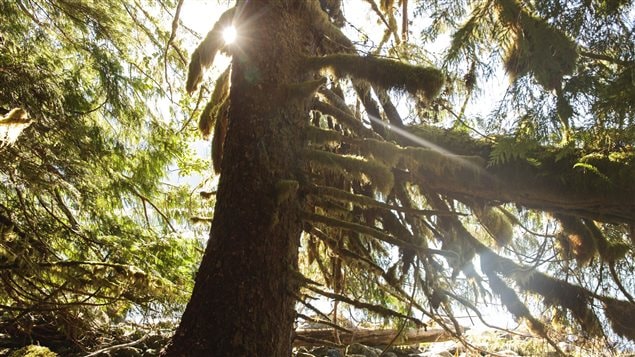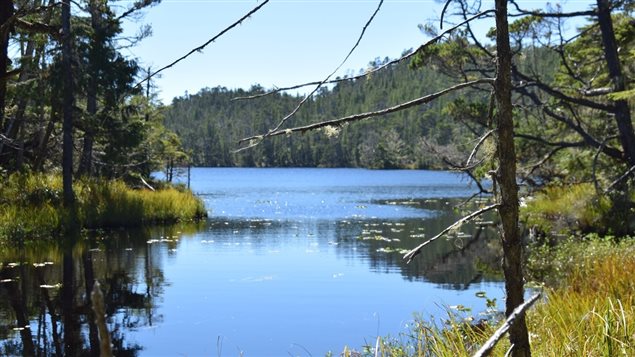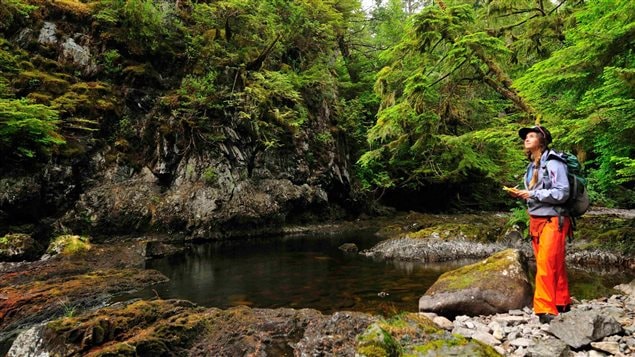The Nature Conservancy of Canada (NCC) has acquired and will conserve four parcels of private land in western Canada which is home to ancient trees and rare wildlife. The projects include 185 hectares of waterfront lands within the Great Bear Rainforest, known for its rare white bears.
‘A remarkable ecological jewel’
“The area of the central coast of British Columbia…on the western coast of Canada is a remarkable ecological jewel and it also has cultural significance to many First Nations (indigenous peoples) and to the coastal communities scattered up and down the coast,” says the NCC’s Linda Hannah.
Listen
“It is the largest intact coastal, temperate rainforest in the world. So imagine a landscape that’s not been altered in any way by fire. It’s largely intact and it’s filled with soaring old growth trees—large western red cedars, sitka spruce, coastal hemlock,” says Hannah.
Home to threatened, endangered species
“And it’s this habitat that gives rise to a rich array of species. It’s home to the densest concentration of grizzly bears, eagles, wolves and of course, the iconic salmon find their way up through the many streams and rivers that mark their way along the central coast.” Many species found there are listed as threatened or endangered.

Land generously donated
Three of the parcels of land were donated by landowner, Tony Allard with the support of his family. The NCC acquires land donations across Canada to protect and preserve them.

‘A joy to behold’
The latest acquisitions will be inventoried and eventually opened for public visits. The area is remote and difficult to access, but Hannah says she found it to be amply worth the trouble.
“When you do get there it is really a joy to behold. It is a wonder of the world.”







For reasons beyond our control, and for an undetermined period of time, our comment section is now closed. However, our social networks remain open to your contributions.